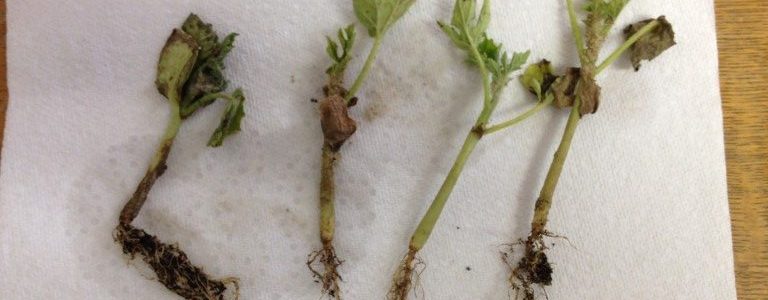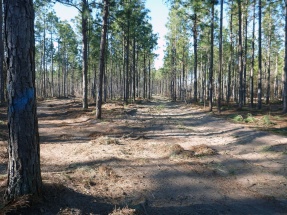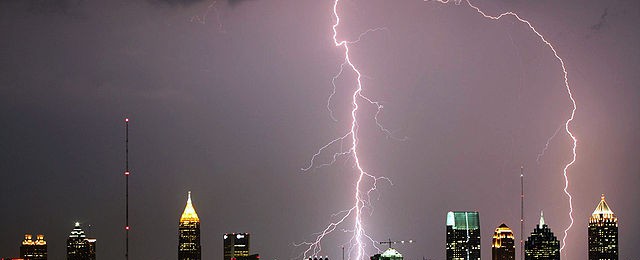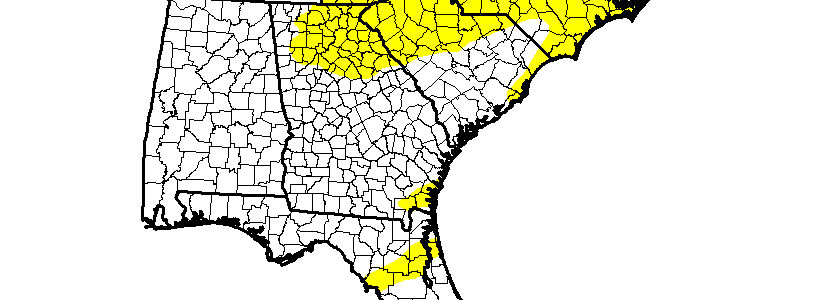-

NOAA released their latest seasonal outlooks this week. You can find them all at https://www.cpc.noaa.gov/products/predictions/long_range/seasonal.php?lead=13. A sampling of them are shown below. They indicate that El Niño impacts are still likely for the next few months. In summer a band of above-normal precipitation is most likely related to the more active tropical season we are likely…
-

In a previous post I noted some of the areas of the world that were feeling the effect of El Niño in contributing to regional droughts. Today I highlight the impact of heavy rains (also affected by El Niño) that are hurting the harvest of crops around the world. According to AgWeb here, “Argentina, the top…
-

The latest blog post from the State Climate office of North Carolina highlights a late snowstorm in April 1983 (also a spring following a strong El Niño) that caused immense damage to fruit crops around the state. You can read about it at https://climate.ncsu.edu/climateblog?id=187&h=5666e5c1.
-

Andy Shirley of Mitchell County in southwest Georgia reported today on his blog that watermelon seedlings are having a hard time developing due to the presence of Pythium, a fungal pathogen that is affecting the roots. He says that they used to see more of it when seeds were directly sown, but now that they…
-

Clemson University has announced a meeting May 4 for Southeastern timber growers on how to grow more profitable crops. The meeting announcement is below. LEESVILLE — South Carolina timber growers can learn from experts how to grow more profitable crops at a May 4 meeting. The Growing Our Future meeting takes place at T and S…
-

Following up on my posting from yesterday on lightning, here’s an interesting story from Yahoo Finance on what happens after you get hit by lightning. After reading it, I think you’ll agree that it is MUCH BETTER not to get hit in the first place. Note: some of the descriptions and photos in the story…
-

The latest Drought Monitor, released this morning, shows that while dry conditions have remained stable in Florida and Georgia, they have expanded in North Carolina and Virginia, going from 19% coverage over the Southeast to almost 35% coverage. The cause has been the dome of high pressure parked over the Southeast, which prevents rain from…
Posted in: Drought